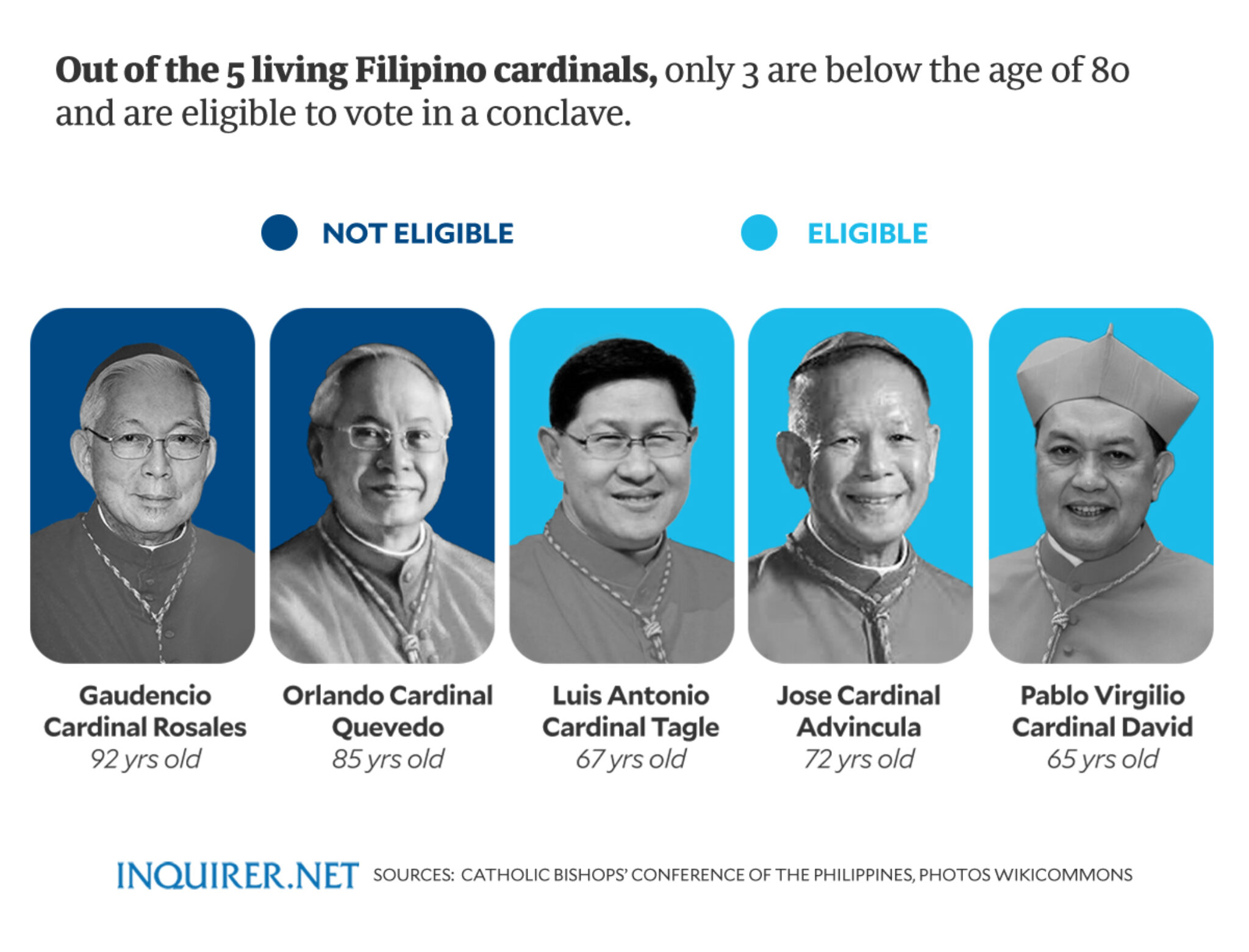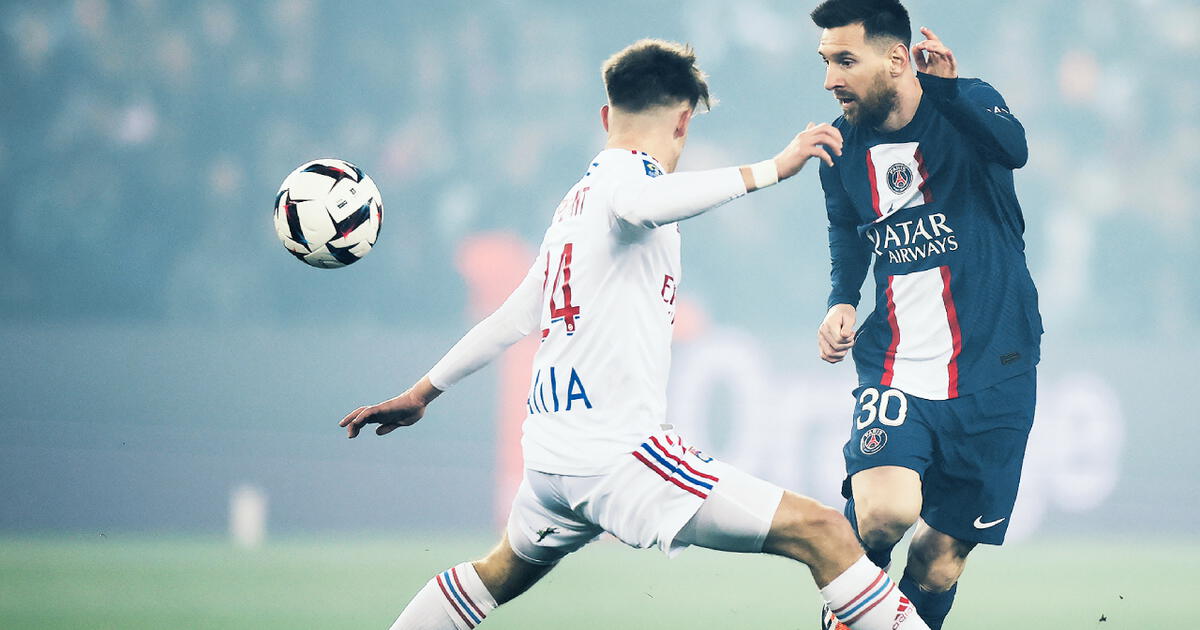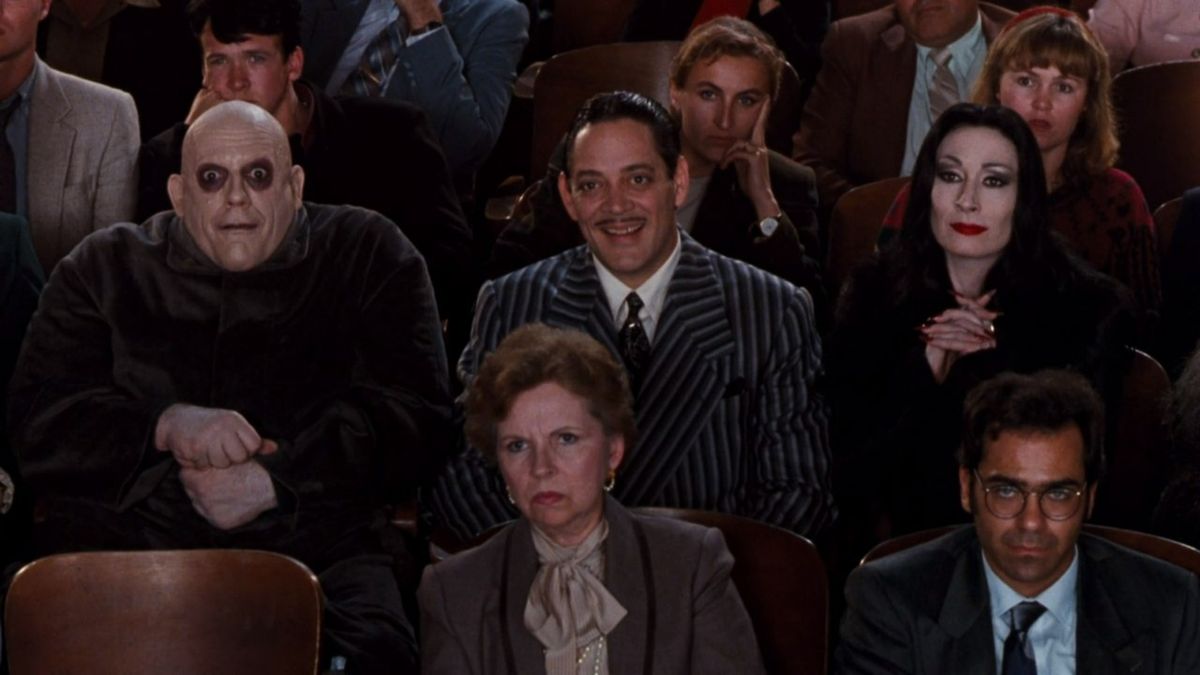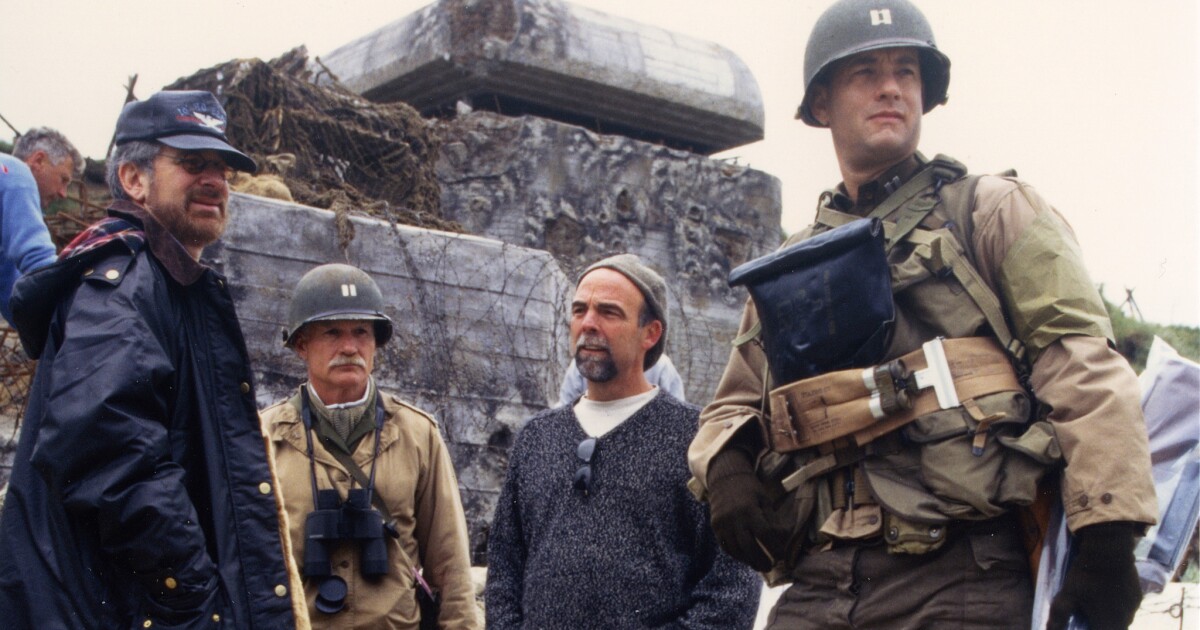Conclave 2023: The Process Of Selecting A New Pope

Table of Contents
The Prerequisites for a Papal Conclave
Before the Papal Conclave can commence, several crucial steps must be taken. Understanding these prerequisites is key to appreciating the gravity and complexity of electing a new Pope.
The Death or Resignation of the Pope
The official declaration of a papal vacancy initiates the process. This declaration is made public, often with a simple announcement of the Pope's death. However, in the case of a resignation (like that of Pope Benedict XVI), a formal declaration is required. A key figure during this initial phase is the Cardinal Camerlengo, who acts as a temporary administrator of the Vatican City State.
- Duties of the Camerlengo: The Camerlengo seals the papal apartments, ensuring the security of the papal belongings and documents.
- Notifying the College of Cardinals: He formally notifies the College of Cardinals of the vacancy, setting in motion the preparations for the Conclave.
The Conclave's Composition: The College of Cardinals
The Conclave is composed of Cardinal electors, who are eligible to participate in the Papal election. Strict criteria determine eligibility.
- Cardinal Electors: Only cardinals under the age of 80 are eligible to vote.
- Age Restrictions: This age limit is crucial, ensuring the College of Cardinals remains composed of cardinals who are considered active and fully engaged in Church leadership.
- Those Ineligible: Cardinals who have reached the age of 80, or who have been excommunicated, are excluded from participation.
- The Size of the College: The size of the College of Cardinals varies, as new cardinals are appointed throughout the Pope's reign. This impacts the number of electors participating in the Conclave.
Preparations for the Conclave
Once the vacancy is declared, preparations for the Conclave begin immediately. This involves intricate logistical arrangements and rigorous security measures.
- Securing the Sistine Chapel: The Sistine Chapel, the location of the election, undergoes meticulous preparation, ensuring its readiness for the crucial event. Security is paramount.
- Accommodation for Cardinals: Accommodation and living arrangements for the cardinals are organized, ensuring comfort and privacy while maintaining the solemnity of the occasion.
- Communication Restrictions: Communication with the outside world is strictly limited, maintaining the secrecy and focus required for the election.
The Process of Papal Election within the Conclave
The process of Papal election within the Conclave is a series of carefully orchestrated steps, designed to ensure a thoughtful and prayerful selection.
The "General Congregations"
Before the actual voting begins, the cardinals hold several days of "General Congregations". These meetings serve a crucial purpose.
- Discussions on the qualities of a good Pope: Cardinals engage in prayer and reflection, discussing the challenges facing the Church and the qualities needed in its next leader.
- Prayer and Reflection: This period is dedicated to prayer, discernment, and collective reflection, providing a spiritual foundation for the upcoming election.
The Secret Scrutinies
The heart of the Conclave lies in the "Secret Scrutinies," the actual voting process. The secrecy surrounding this process is legendary.
- The secrecy surrounding the voting: Each vote is cast in absolute secrecy, preventing external influence and ensuring individual freedom of conscience.
- The use of ballots: Special ballots are used, contributing to the secrecy of the process.
- The role of scrutineers: Designated scrutineers count the votes, ensuring accuracy and maintaining the integrity of the process.
Achieving the Two-Thirds Majority
A two-thirds majority of the cardinal electors is required to elect a new Pope. This ensures a strong mandate for the chosen leader.
- The number of ballots needed: Multiple ballots may be necessary to achieve the required majority.
- The consequences of a lack of majority: If a majority isn't reached, the process continues with further ballots until a Pope is elected.
- Potential delays: The election process may take several days, even weeks, depending on the difficulty in achieving the necessary majority.
The Announcement of "Habemus Papam!"
The moment a two-thirds majority is achieved, the announcement of "Habemus Papam!" ("We have a Pope!") is made.
- The white smoke signal: A white smoke signal from the Sistine Chapel chimney signals to the world that a new Pope has been elected.
- The first appearance of the new Pope: The newly elected Pope then appears on the balcony of St. Peter's Basilica to greet the world.
- The papal name selection: The newly elected Pope will announce his chosen papal name, a significant symbolic gesture.
Understanding the Significance and Symbolism of the Conclave
The Conclave is more than just an election; it is a deeply symbolic event with a rich historical context.
Historical Context of Papal Elections
The process of electing a Pope has evolved significantly over the centuries. Early methods were less formal, sometimes leading to conflict. The current system of the Conclave is the result of centuries of refinement, aiming for a balance between tradition and efficient process.
The Role of Tradition and Ritual
The traditions and rituals surrounding the Conclave are not merely ceremonial; they are integral to the process, underscoring the sacred nature of the event and reflecting the continuity of the Church's history.
Global Impact of the Papal Election
The Papal Conclave is a globally significant event, attracting worldwide attention and influencing the lives of billions of Catholics worldwide. The election carries significant political and social implications, impacting global affairs and the future direction of the Catholic Church.
Conclusion
The Conclave, the process of selecting a new Pope, is a complex and fascinating event steeped in tradition and ritual. Understanding its stages—from the preparations and preliminary meetings to the secret ballots and the momentous announcement—provides invaluable insight into the inner workings of the Catholic Church. The selection of the next Pope carries immense global significance. By understanding the intricacies of the Conclave, we can better appreciate the weight and responsibility that rest upon the shoulders of the next leader of the Catholic faith. To delve deeper into the fascinating world of papal elections and the intricacies of Conclave 2023 (should it happen), continue your research and stay informed about this pivotal event in the Catholic Church. Learn more about the Conclave process and its history.

Featured Posts
-
 Nintendo Direct March 2025 Ps 5 And Ps 4 Game Announcements A Realistic Look
May 08, 2025
Nintendo Direct March 2025 Ps 5 And Ps 4 Game Announcements A Realistic Look
May 08, 2025 -
 Derrota Del Lyon Frente Al Psg En Casa
May 08, 2025
Derrota Del Lyon Frente Al Psg En Casa
May 08, 2025 -
 Luis Enrique Ben Pastrim Te Psg 5 Yje Largohen
May 08, 2025
Luis Enrique Ben Pastrim Te Psg 5 Yje Largohen
May 08, 2025 -
 Proposed Doj Changes Could Severely Damage User Trust In Google Search
May 08, 2025
Proposed Doj Changes Could Severely Damage User Trust In Google Search
May 08, 2025 -
 The Running Man Glen Powells Physical And Mental Preparation
May 08, 2025
The Running Man Glen Powells Physical And Mental Preparation
May 08, 2025
Latest Posts
-
 7 Hidden Gems Streaming On Paramount Right Now
May 08, 2025
7 Hidden Gems Streaming On Paramount Right Now
May 08, 2025 -
 Steven Spielbergs Top 7 War Films Excluding Saving Private Ryan A Ranked List
May 08, 2025
Steven Spielbergs Top 7 War Films Excluding Saving Private Ryan A Ranked List
May 08, 2025 -
 7 Paramount Movies You Didnt Know Existed But Should Watch Now
May 08, 2025
7 Paramount Movies You Didnt Know Existed But Should Watch Now
May 08, 2025 -
 Saving Private Ryan 20 Behind The Scenes Facts
May 08, 2025
Saving Private Ryan 20 Behind The Scenes Facts
May 08, 2025 -
 Exploring Warfare 5 Movies That Capture Action And Heart
May 08, 2025
Exploring Warfare 5 Movies That Capture Action And Heart
May 08, 2025
